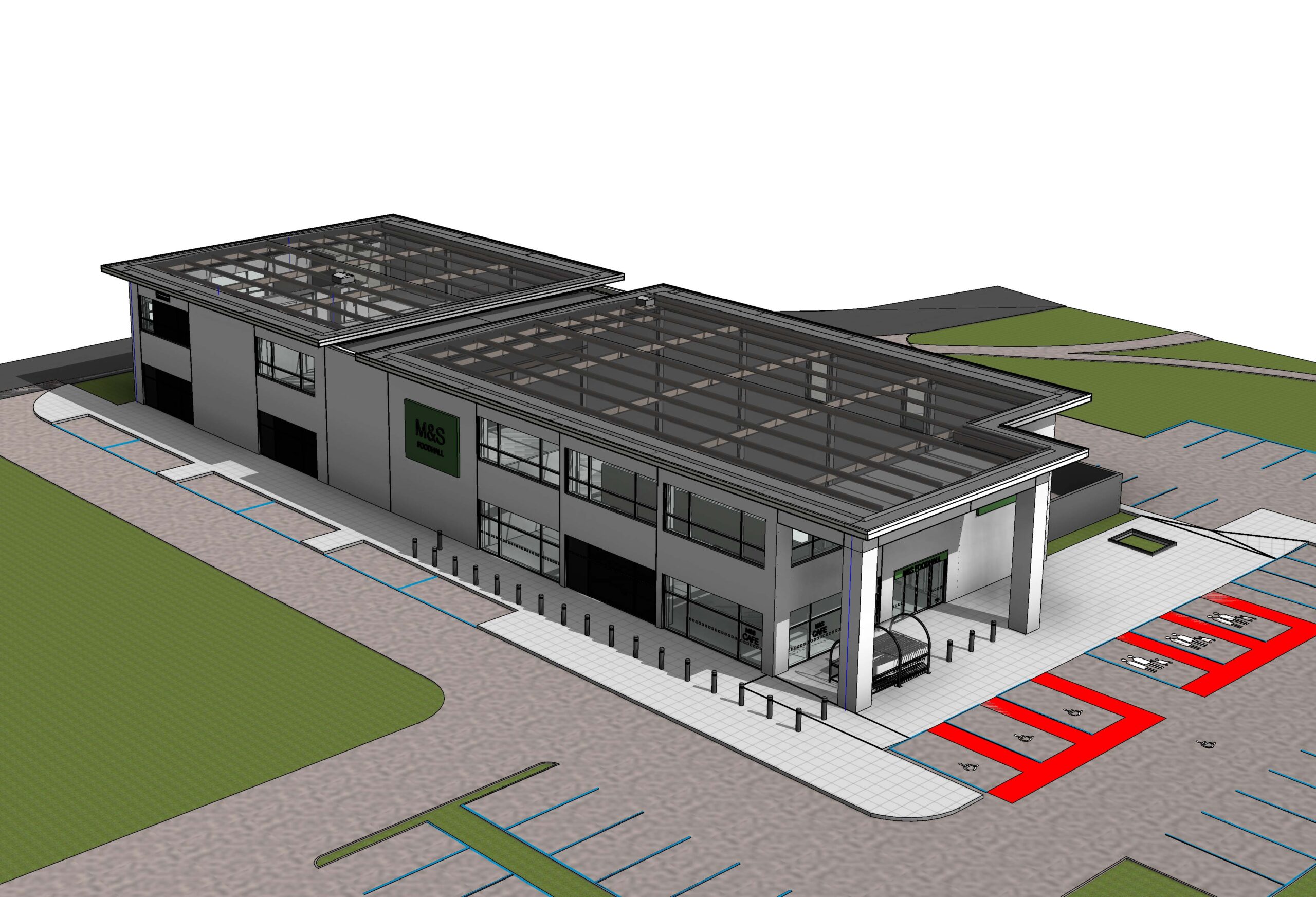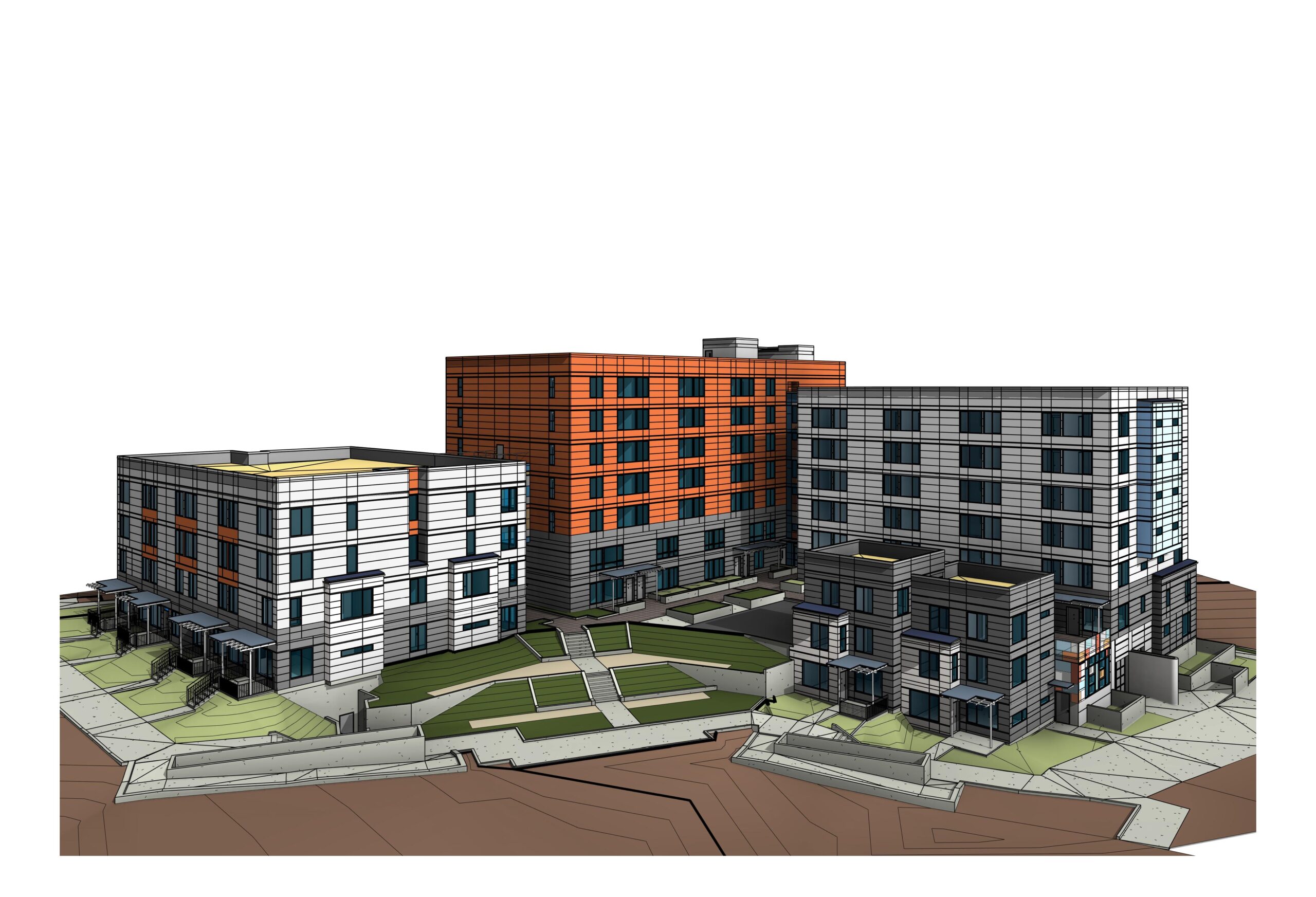Cad Outsourcing: Adapting to Technological Advancements
Posted on : May 09, 2024
1. Adoption of Advanced CAD Software:
CAD outsourcing providers have embraced the latest advancements in CAD software, leveraging tools and features that enhance productivity, accuracy, and collaboration. From traditional CAD software like AutoCAD to more advanced solutions such as SolidWorks, CATIA, and Autodesk Inventor, outsourcing firms invest in software expertise to meet diverse client needs and project requirements.
2. Integration of Cloud-Based Solutions:
The integration of cloud-based CAD solutions has transformed the way outsourcing firms collaborate with clients and manage project data. Cloud platforms enable real-time collaboration, allowing multiple stakeholders to access and edit CAD files from anywhere with an internet connection. This enhances communication, streamlines workflows, and facilitates seamless project management across distributed teams.
3. Embrace of 3D Modeling and Visualization:
With the proliferation of 3D modeling technology, CAD outsourcing has shifted towards 3D-centric approaches for design and visualization. Outsourcing firms leverage advanced 3D modeling techniques to create realistic renderings, simulations, and animations that provide clients with a comprehensive understanding of their projects. This enhances decision-making, reduces errors, and accelerates the design process.
4. Implementation of Virtual Reality (VR) and Augmented Reality (AR):
CAD outsourcing providers are increasingly incorporating VR and AR technologies into their workflows to offer immersive design experiences and interactive presentations. By creating virtual prototypes and environments, outsourcing firms enable clients to visualize designs at scale, explore spatial relationships, and identify potential issues before construction or manufacturing begins. This enhances client engagement, reduces rework, and improves project outcomes.
5. Emphasis on Automation and AI:
Automation and AI technologies are revolutionizing CAD outsourcing by automating repetitive tasks, optimizing workflows, and enhancing design intelligence. Outsourcing firms leverage AI-powered algorithms for tasks such as generative design, pattern recognition, and optimization, allowing them to deliver faster, more efficient, and cost-effective solutions to clients. This frees up designers’ time to focus on creativity and innovation.
6. Focus on Data Security and Compliance:
As CAD outsourcing involves the exchange of sensitive design data, outsourcing firms prioritize data security and compliance with industry regulations. They implement robust cybersecurity measures, encryption protocols, and access controls to protect client information from unauthorized access, breaches, and data loss. Compliance with standards such as ISO 27001 ensures that outsourcing firms maintain the highest standards of data security and confidentiality.
7. Expansion into Additive Manufacturing (AM) and 3D Printing:
CAD outsourcing has expanded its capabilities to include support for additive manufacturing (AM) and 3D printing technologies. Outsourcing firms assist clients in optimizing designs for AM processes, such as selective laser sintering (SLS) or fused deposition modeling (FDM), ensuring compatibility with specific materials and manufacturing constraints. By leveraging CAD expertise, outsourcing firms help clients unlock the potential of AM for rapid prototyping, customized production, and complex geometries.
8. Application of Parametric and Computational Design:
Parametric and computational design approaches have gained traction in CAD outsourcing, enabling designers to explore complex geometries and optimize performance-driven solutions. Outsourcing firms utilize parametric modeling techniques to create flexible, adaptive designs that respond to dynamic parameters and constraints. Computational design algorithms aid in the exploration of design alternatives, enabling iterative optimization and simulation-driven decision-making.
9. Integration of Internet of Things (IoT) and Digital Twin Technologies:
CAD outsourcing providers are increasingly integrating IoT and digital twin technologies into their offerings to support the design and development of smart, connected products and systems. By creating digital twins—virtual replicas of physical assets—outsourcing firms enable clients to simulate, monitor, and analyze product performance in real-time. This facilitates predictive maintenance, remote diagnostics, and continuous improvement throughout the product lifecycle.
10. Embrace of Sustainable Design Practices:
CAD outsourcing firms are incorporating sustainable design principles into their workflows to address environmental concerns and regulatory requirements. By optimizing designs for energy efficiency, material usage, and end-of-life considerations, outsourcing firms help clients minimize environmental impact and achieve sustainability goals. Life cycle assessment (LCA) tools and eco-design methodologies enable informed decision-making, balancing environmental, economic, and social factors.
11. Collaboration with Cross-Disciplinary Teams:
To tackle increasingly complex design challenges, CAD outsourcing firms collaborate with cross-disciplinary teams comprising engineers, architects, designers, and domain experts. By fostering interdisciplinary collaboration, outsourcing firms leverage diverse perspectives and expertise to address multifaceted project requirements effectively. This collaborative approach enhances innovation, creativity, and problem-solving capabilities, resulting in holistic design solutions that meet client objectives.
12. Emphasis on Continuous Learning and Skill Development:
CAD outsourcing firms prioritize continuous learning and skill development to stay abreast of evolving technologies, industry trends, and client needs. They invest in training programs, certifications, and professional development initiatives to equip their teams with the latest knowledge and skills. By fostering a culture of lifelong learning, outsourcing firms ensure that their workforce remains adaptable, innovative, and capable of delivering cutting-edge solutions to clients.
In conclusion, CAD outsourcing continues to evolve in response to technological advancements, expanding its capabilities, embracing innovation, and driving positive outcomes for clients across industries. By leveraging advanced technologies, interdisciplinary collaboration, sustainable practices, and a commitment to ongoing learning, CAD outsourcing firms position themselves as trusted partners in the design and engineering ecosystem.




